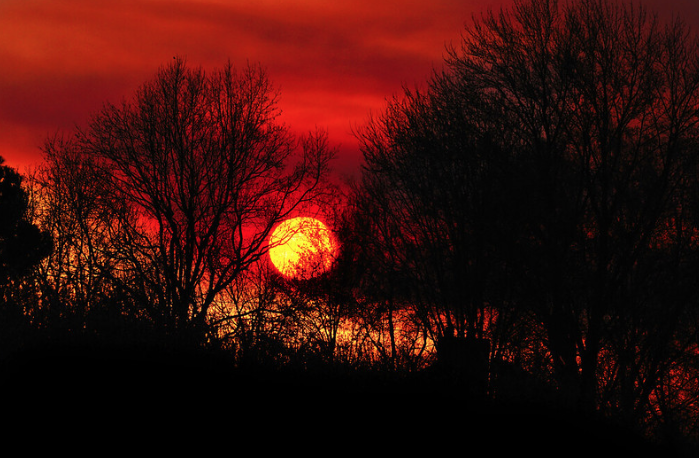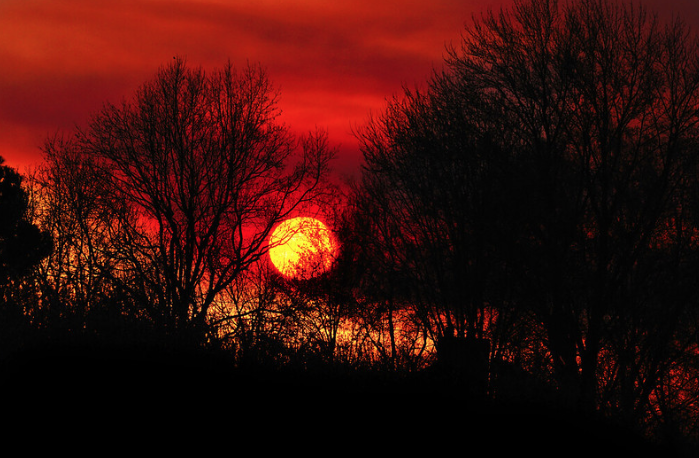Amidst spikes in temperatures and high winds, the fires across California continue to burn and, as reported by the Press Democrat, have produced enough smoke to cause record-breaking bad air quality across the Bay Area. While the SCU and LNU lightning complex fires are close to being completely contained, the heat and wind have led to difficulties in controlling other fires in California, including the North Complex fire, the Creek fire, and a handful of other fires. While this alone would cause a spike in harmful air pollutants, California is also receiving the drifting smoke from Oregon and Washington, as both are currently grappling with massive wildfires of their own. This has most notably resulted in an increased AQI score, as well as otherworldly red skies that block the sun’s light.
Even in areas that are untouched by the fires themselves, the rippling effects of these fires can and have been felt far and wide. California’s wildfire season has caused increased pollutants that raise the Air Quality Index in past years, such as the Kincaide fire of 2019, which caused AQI levels of 150 or more. However, the combination of fires this year, both in state and out of state, have sparked unprecedented highs. Many areas are averaging an AQI of 200, and several areas, such as Sacramento, are reaching numbers of 400 or higher. According to Airnow, a government partner of the EPA dedicated to monitoring Air Quality, 200+ AQI is classified as “Very Unhealthy” and they warn that the chance for adverse health effects from exposure is higher for everyone. Areas that have reached the level of 300+ AQI are labelled as dangerous health conditions, which have far more pronounced effects on the health of all people in that area.
Aside from the AQI score, the smoke has been affecting how the sky looks as well. According to NASA, the smoke particles drifting through the air have grown condensed enough to block certain colors of light from shining through. This has resulted in the orange-red skies seen above large portions of California. According to Sonoma State student Lyle Brown, who’s been exposed to much of the wildfires’ effects while virtually learning in Davis, the experience has been unique even compared to the fires of previous years. Since the smoke has reached this severity, for several days now ash has been falling from the sky, leaving a thin, snow-like coat on any visible outdoor surfaces including cars, decks, and the ground itself. Brown notes that the lack of ability to safely open windows, especially during the heat waves that roll through the area during the fires, has proven to be a challenge, as well as any outdoor related work happening prior to the air quality shift.
As long as these fires continue, residents can expect to continue seeing both the strange skies and to feel the effects of polluted, unhealthy air. Airnow encourages citizens to be cautious when going outside, to try and limit outdoor activities as much as possible, and to wear an N95 mask if going outside is unavoidable.





![[Both photos courtesy of sonoma.edu]
Ming-Ting Mike Lee stepped in as the new SSU president following Sakakis resignation in July 2022](https://sonomastatestar.com/wp-content/uploads/2024/04/CC4520AB-22A7-41B2-9F6F-2A2D5F76A28C-1200x1200.jpeg)



























